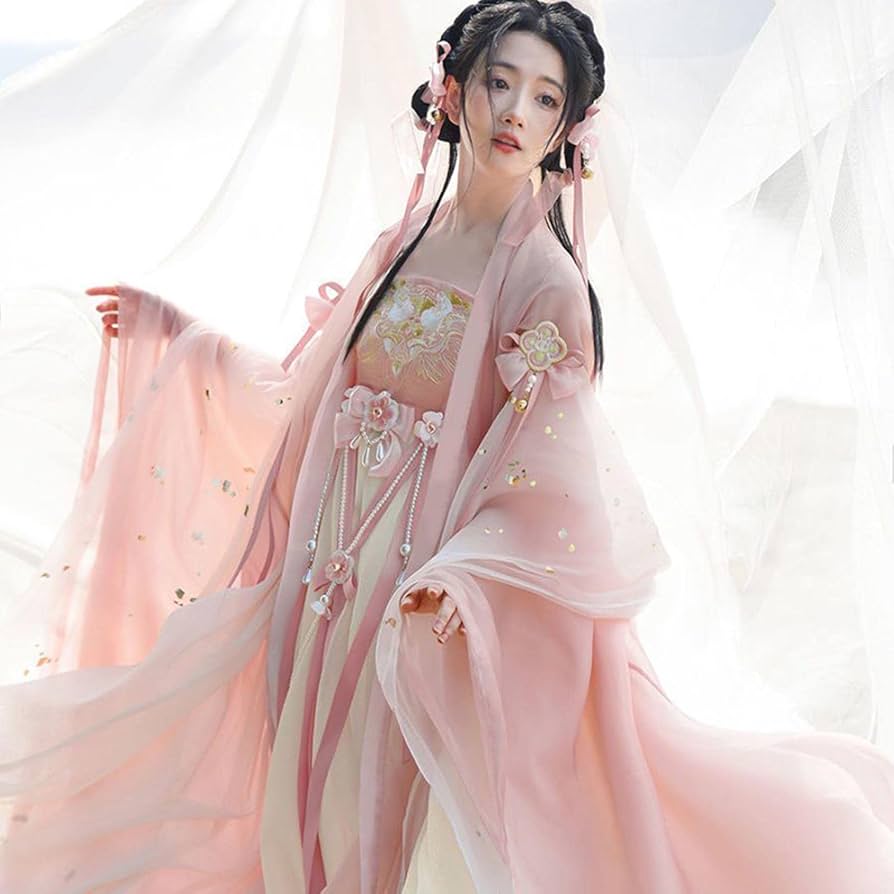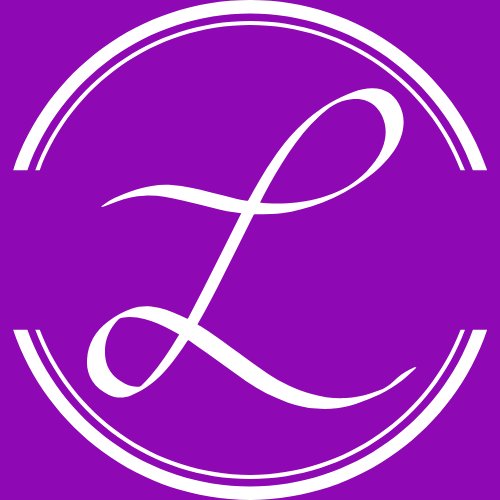
The Evolution of Modern Chinese Clothing: From Hanfu to Minimal Chic
Share
Modern Chinese clothing is more than a trend—it’s a cultural revival reimagined for today’s world. It tells the story of an ancient heritage evolving into a contemporary fashion movement. From the flowing robes of Hanfu to the clean lines of minimal chic, the transformation of Chinese attire reflects a deep dialogue between tradition and modernity, identity and global expression. In this article, we’ll explore the rich journey of Chinese fashion and how it continues to inspire brands like Luxe Orienta, leading the new wave of wearable cultural elegance.
1. Hanfu: The Root of Chinese Aesthetic

The story begins with Hanfu (汉服), the traditional attire of the Han people that dates back more than 2,000 years. Known for its wide sleeves, crossed collars (jiaoling youren), and flowing silhouettes, Hanfu was worn during dynasties like Han, Tang, and Song. Each era brought unique design variations, but core values remained the same: harmony, fluidity, and natural beauty.
Hanfu wasn’t just clothing—it embodied Confucian values, spiritual symbolism, and cosmological principles. Even colors and patterns were deeply tied to status and seasons. Though it faded from daily wear after the Qing Dynasty, Hanfu remained a symbol of cultural pride and was preserved through ceremonial use and classical paintings.
2. Qipao and Modernization: The Rise of Eastern Elegance

In the early 20th century, Chinese clothing underwent its first major modernization. The Qipao (旗袍)—originally a Manchu robe—was reinvented by Shanghai’s urban elite into a fitted, body-hugging dress that blended Chinese tradition with Western tailoring.
Qipao became the epitome of 1930s glamour and sophistication, worn by intellectuals, artists, and socialites. It featured:
- High Mandarin collars
- Side slits for mobility
- Silk fabrics and intricate embroidery
Though eventually overshadowed by mass-produced Western clothing during political shifts in mid-20th century China, the Qipao remained a timeless icon, especially for formal events and global fashion showcases.
3. Cultural Shift: The Lost Decades of Tradition

From the 1950s to 1970s, China saw a period of political and social transformation that downplayed personal style and traditional aesthetics. Uniformity became the norm, and the once-celebrated diversity of Chinese clothing was replaced by functional, austere garments like the “Mao suit.”
During this time, traditional fashion entered a long hibernation. However, beneath the surface, a cultural longing for identity and artistry continued to grow—setting the stage for a future revival.
4. The Rebirth: Cultural Renaissance and Hanfu Movement
By the early 2000s, a grassroots Hanfu revival movement began to emerge among young Chinese communities. This wasn't just about fashion—it was about rediscovering and honoring heritage.
People started wearing Hanfu at festivals, photo shoots, weddings, and online platforms. Designers took notice, and traditional Chinese clothing began evolving beyond ceremonial use.
Social media played a crucial role. Platforms like Weibo and Xiaohongshu showcased how Hanfu could be styled in modern contexts, sparking curiosity and pride among younger generations.
5. Modern Chinese Clothing Today: The Rise of Minimal Chic

As China’s economy grew and global fashion influences expanded, a new aesthetic emerged: modern Chinese clothing that honors tradition while embracing minimalism and global sensibilities.
Today’s New Chinese Style features:
- Clean lines and subtle tailoring
- Neutral and nature-inspired color palettes
- Traditional elements like frog buttons, Mandarin collars, and asymmetric cuts
Luxurious but wearable fabrics such as silk, linen, and Xiangyunsha
Brands like Luxe Orienta lead this movement by blending traditional craftsmanship with contemporary functionality. Their collections reflect the belief that cultural pride doesn’t need to be dramatic—it can be effortlessly elegant.
This “minimal chic” approach allows wearers to express their heritage confidently in everyday settings: from the office to weekend strolls, from first dates to formal events.
6. The Global Appeal of Modern Chinese Fashion
Modern Chinese clothing isn’t just for those with cultural roots—it’s increasingly embraced by a global audience seeking sustainability, meaning, and artistry in their fashion choices.
Here’s why the style resonates worldwide:
- Storytelling through clothing: Every piece tells a story of centuries-old culture adapted to the modern world.
- Slow fashion principles: Focus on quality, timeless design, and ethical craftsmanship.
- Cultural inclusivity: It offers a bridge between East and West, encouraging cultural appreciation and dialogue.
Luxe Orienta, for example, positions its pieces not just as fashion, but as cultural art you can wear.
Why It Matters: Clothing as Cultural Expression
The evolution of modern Chinese clothing reflects a deeper shift in how people connect with identity and heritage. As the world becomes more globalized, there’s a growing hunger to reclaim roots and to wear values—not just trends.
For many, modern Chinese fashion is:
- A celebration of cultural confidence
- A tool for storytelling and self-expression
- A way to pass tradition forward in relevant, relatable ways
It’s not about nostalgia. It’s about reinterpreting the past with purpose.
Luxe Orienta: Honoring the Past, Dressing the Future

Luxe Orienta is part of this cultural evolution. Inspired by the elegance of Hanfu, the grace of the Qipao, and the simplicity of minimalism, its designs honor Chinese tradition while speaking to the needs of modern life.
Each garment is crafted with:
- Authentic techniques like handmade embroidery and traditional dyeing
- Modern versatility for everyday wear, from office to evening
- Cultural symbolism thoughtfully woven into each detail
The brand’s mission is clear: to make cultural pride wearable, comfortable, and beautifully modern.
Final Thoughts
The evolution of Chinese clothing from Hanfu to minimal chic reflects more than changing tastes—it marks the reawakening of a cultural identity. What began as flowing robes in ancient dynasties has transformed into modern fashion that blends heritage with sophistication.
Modern Chinese clothing is not a trend—it’s a movement. A reflection of elegance, history, and pride.
As brands like Luxe Orienta continue to lead this sartorial renaissance, one thing is clear: the future of fashion lies in honoring the past—gracefully, thoughtfully, and stylishly.
Explore the collection at Luxe Orienta—where timeless culture meets modern elegance.
